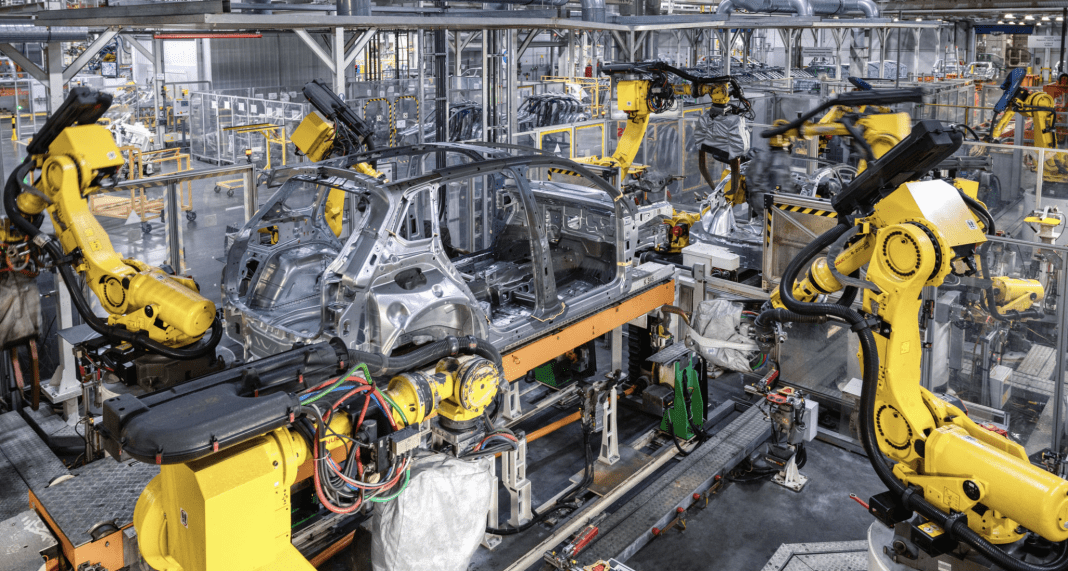By now, you are probably well aware of how the War in Ukraine has led to drastic implications felt worldwide.
For those of us in the automotive sector, this has caused ripple effects up and down the industry. Some of the world’s largest manufacturers are forecasting an estimated two-year decline in new vehicle production, rising gas prices, surging demand for electric vehicles without the necessary supply to match, and the ongoing microchip shortage that’s continued up through the beginning of the pandemic now made worse thanks to fundamental resource scarcities caused brought about due to Russian sanctions. Things do not look good for an already strained supply chain.
At every turn, across all access points, costs associated with cars are rising and complicating the delicate market equilibrium for companies and consumers alike. Here’s what the supply shortages will mean in the years to come.
The cost of new and used cars will continue to rise
Starting simple, when supply goes down, and demand goes up, costs (you guessed it) rise. What’s more stunning is how much and why.
Over the past year, new car prices have risen 12.2%, with a reported 80% of consumers paying over sticker price. The rate (and frankly the value) is even worse in the used car market. According to that same New York Times report, the secondary market has skyrocketed a whopping 40.5% YoY.
Microchip shortages continue to be the culprit driving new car production down and putting excess strain on the used car market as well. That trend isn’t going anywhere, and it’s even starting to impact prices tangential to car ownership, like the average cost for an Uber or a rental car.
Supply shortages affect more than just the people looking to buy a car this very second. What it ultimately amounts to is fewer cars on the road, and when you follow that ripple to its logical conclusion, you’ll arrive at our next victim— the service centers.
Service rates are going to rise for drivers and dealers alike
Since microchip production continues to falter, that means fewer vehicles produce. Fewer vehicles produced means fewer cars on the ground. Fewer cars on the ground mean less fixed operations. But what exactly does “less fixed operations” mean?
Currently, service centers are relying on a certain percentage of new units sold to come back in for routine maintenance — internal work, tire rotations, oil changes, new brake pads — but if there are fewer cars out there all the way around, then the cost of those items are going to increase because they won’t have the same steady stream of customers coming in to book appointments. The business will need to compensate for that loss in appointments, and most likely, they’ll do it by increasing the cost per service.
Car owners should also be wary of more than just the cost of an oil change rising. You see, in the U.S., when you purchase a car, you’re generally going into a lease with a cycle of 36 months, meaning you’re getting into a new vehicle roughly every three years. That car comes with a warranty, but the longer you hold onto it, the more likely your car’s routine service won’t be covered in the same way anymore.
With supply constrained the way that it is, people are realizing and even in some cases reporting that dealers are taking advantage of inventory shortages by inflating prices above market rate. IHS Market recently reported that Americans are holding onto their vehicles longer than ever, and that means more cars are out of warranty. More vehicles out of warranty also mean more out-of-pocket costs for service being passed onto consumers and, in the case of used vehicles, more pressure on the dealer to source expensive parts for repairs.
It’s a lot of strain to put on the franchise model, and unfortunately, they’re not all going to make it.
Certain manufacturers will go under
Selling cars in the U.S. used to be restricted to selling via the franchise model, a familiar business structure to all of us who’ve no doubt passed at least one Starbucks today.
Companies like Tesla and Rivan have completely circumvented this restriction, and new brands are following suit and coming out exponentially faster than ever before, evolving the marketplace into a more direct-to-consumer-centric approach that prioritizes ease in the path to purchase. Pair competitive pressure from a better customer journey with demand increases, supply decreases, and a rise in service costs— I’m convinced not every legacy auto manufacturer is destined to make it.
It may seem like the wrong time to be in the business of selling cars, but the reality is we are living through a period of rapid growth and change. It’s undoubtedly the most complicated it’s ever been, but if we as consumers and companies understand the direction automotive is going in as a result of inventory shortages ahead of us, we can meet these changes with the same entrepreneurial spirit that built this industry into what it is today.
Did you enjoy this article from Jason Unrau? Read other articles on CBT News here. Please share your thoughts, comments, or questions regarding this topic by submitting a letter to the editor here, or connect with us at newsroom@cbtnews.com.
Be sure to follow us on Facebook and Twitter to stay up to date or catch up on all of our podcasts on demand.
While you’re here, don’t forget to subscribe to our email newsletter for all the latest auto industry news from CBT News.










